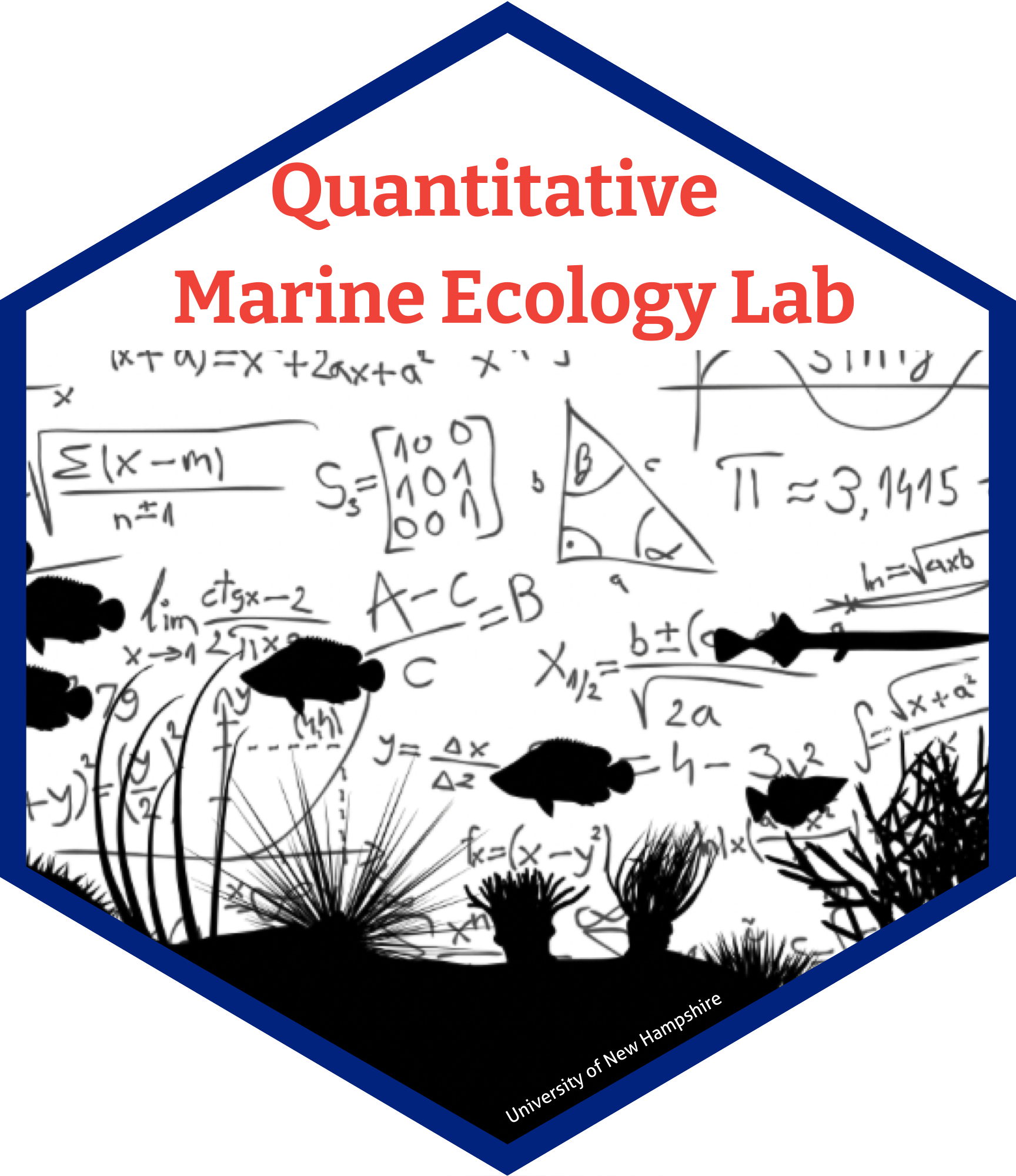Summer Survey on the West Coast
This summer I participated in the US West Coast Groundfish Bottom Trawl Survey. This annual survey spans the entire West Coast of the contiguous US. It was started in 2003 to address, manage, and restore rockfish stocks, a fishery that collapsed in the late 1990’s. Thanks to collective efforts from scientists, economists, and industry workers alike, the fishery was able to fully reopen January 1, 2020. The survey continues to document and manage west coast groundfish stocks. Sampling consists of trawling in cells selected using a stratified random sampling design. Tows are 15 minutes long and once captured, every organism is sorted by species, weighed, and samples of lengths, tissues, stomachs, otoliths, and DNA are collected from a subset of the commercially harvested fish. Commercially fished stocks consist of skates, flatfishes, rockfishes and round fishes (i.e. lingcod, sablefish, etc.).
Showing off a box crab with the crew. June 2017
This was my third time on survey, and I participated in the leg spanning from Eureka to Morrow Bay, California. We saw everything from skates, squids, whales and dolphins, and of course, many different species of rockfish. My first time volunteering was in 2017, where I fell in love with not only the intricate science of fisheries, but also the unique work environment that develops on the boat. It’s fast-paced, and these surveys are conducted on commercial fishing vessels where we rely heavily on the knowledge and expertise of the captains and crewmembers to set trawls, manage the wide range of the boat’s machinery, and to watch weather and ocean conditions. As a result, you are living and working very closely with people from the industry, and I learned so much about the perspective of the people who are directly affected by regulations and economic changes in the industry. There’s a sort of comradery and “tell it like it is” that attitude that is necessary in dangerous and strenuous work conditions. Despite this, they were hands-down the funniest people I’ve ever met. Almost everything that came out of their mouths was a joke and I think I spent more time laughing than actually working. I think this light-hearted attitude is a product of the combination of fishing being one of the most dangerous jobs in America and you’re essentially sharing a one-bedroom apartment that smells bad with six other people. They spoke a lot about how much they love doing survey because they meet people who look and think differently than the people they typically encounter in the small fishing towns they’re from.
 Boat repairs on the outriggers. August 2018
Boat repairs on the outriggers. August 2018
This survey is such an important lesson of incorporating industry and environmental points of view when enacting conservation efforts. I think that both parties have a lot to learn from one another and when we do, we can author ecological success stories such as the comeback of the Pacific Rockfish Fishery. I hope to keep returning to the survey as I am always so thankful to be part of such an amazing team of thoughtful people, scientists and fishers alike.
 Morrow Bay, California. July 2022
Morrow Bay, California. July 2022
Previous post
QMEL field season starts!
Next post
The WeOutHere Podcast featuring Ana Silverio
